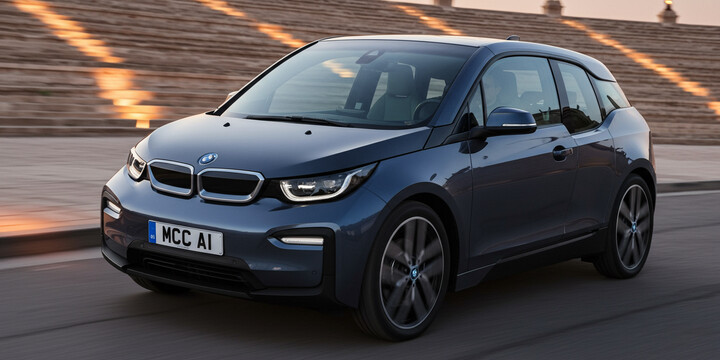
BMW I3 HATCHBACK (2013-18)
The BMW I3 HATCHBACK (2013-18) is a distinctive compact electric vehicle designed primarily for city driving and urban lifestyles. As a hatchback, it offers a stylish and practical solution for those seeking an eco-friendly car with a modern flair. In the UK market, the BMW I3 is renowned for its innovative design, impressive fuel economy, and sustainable credentials, making it a popular choice among environmentally conscious drivers, urban commuters, and first-time electric car buyers.
Based on data from over 4,500 lookups on MyCarCheck.com, the BMW I3 HATCHBACK (2013-18) shows consistent popularity and reliability, typically averaging around 52,000 miles with about two previous owners. Its unique features include a sleek, innovative exterior, a rewarding driving experience, and a reputation for being nimble in city environments. While it stands out against rivals for its stylish looks and eco-friendly credentials, the I3 is best suited for drivers seeking an economical, stylish, and practical vehicle for everyday urban use. Whether you're a city dweller or looking to reduce your carbon footprint, the BMW I3 HATCHBACK offers a compelling blend of design, efficiency, and innovation worth considering in the used car market.

average use
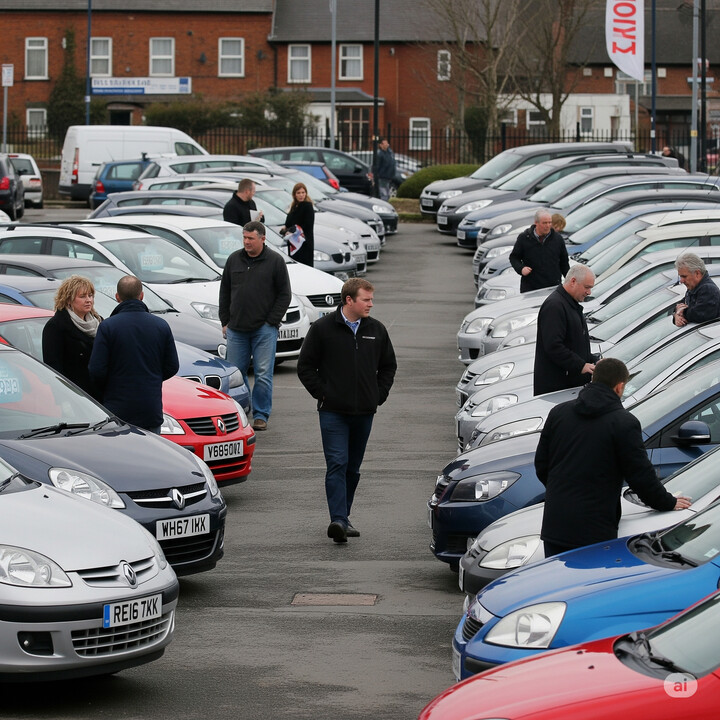
The data shows that the majority of recent mileage readings for the BMW I3 Hatchback (2013-18) fall within the 60,000 to 70,000 miles range, accounting for about 15.1%, making it the most common mileage segment. Other notable points include that a significant portion of vehicles—around 11.3%—have traveled between 70,000 and 80,000 miles. Lower mileage vehicles (under 20,000 miles) constitute a smaller percentage, approximately 5.7% combined, while higher mileage vehicles over 130,000 miles are relatively rare, representing less than 6% in total, with a very small percentage (around 1%) exceeding 150,000 miles. Overall, most vehicles appear to cluster in the middle mileage ranges, suggesting a typical usage pattern for this vehicle model.

vehicle values
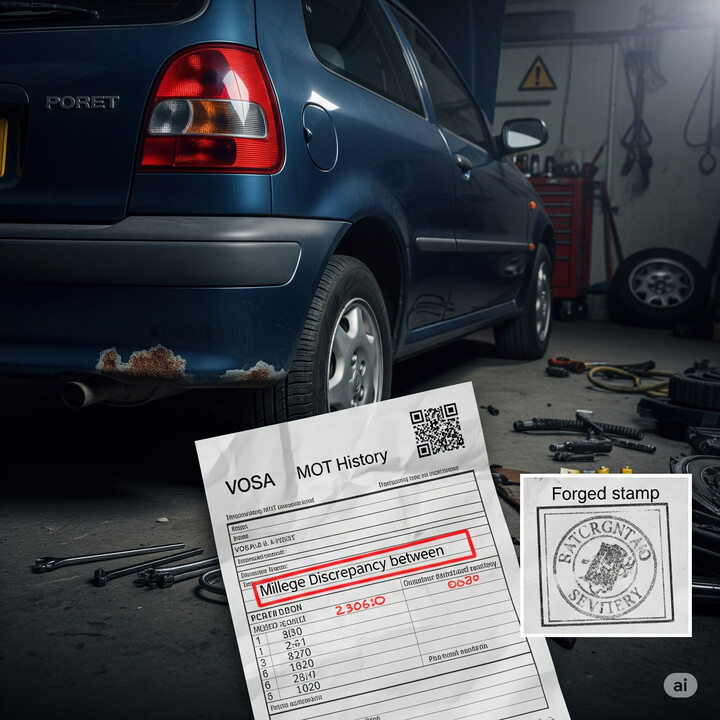
The data provides a breakdown of private sale price ranges for BMW I3 Hatchbacks (2013-2018) in the UK. The most common price bracket is between £6,000 and £7,000, accounting for 22.5% of listings, followed closely by the £5,000 to £6,000 range at 21.5%. Prices tend to cluster in the £4,000 to £7,000 range, indicating that these models are generally valued within this mid-range spectrum on the private market. Notably, there are significantly fewer vehicles listed at higher price points (£9,000 and above), with only small percentages in those brackets. This suggests that most private sales fall within the mid to lower price bands, highlighting the vehicle's overall market positioning as an affordable electric option in the UK market.

production years
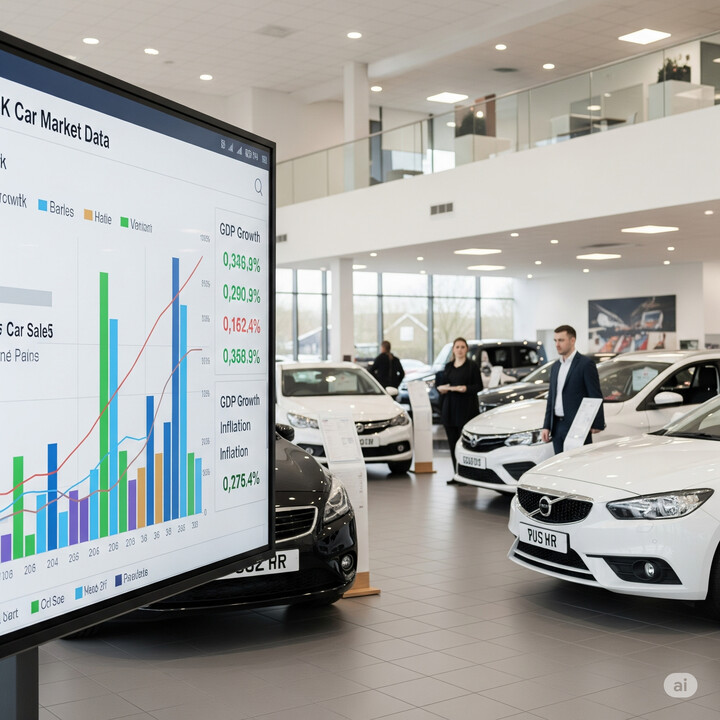
The data indicates that the majority of BMW I3 Hatchbacks (2013-2018) on the road were manufactured between 2014 and 2017. Notably, the highest proportion is from 2017, accounting for 28.9% of vehicles, followed by 2015 (23.6%) and 2016 (22.9%). Vehicles from 2018 are quite rare, comprising only 0.4%, suggesting they are either very recent or less commonly registered. The distribution highlights that most of these cars are from the mid-2010s, reflecting their popularity and availability during that period.

colour popularity
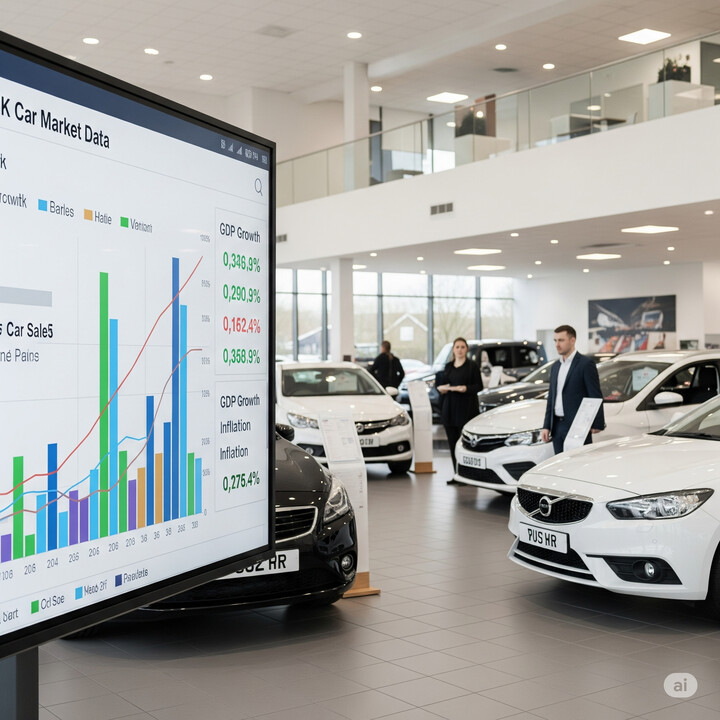
The data indicates that among BMW I3 Hatchback (2013-18) vehicles, grey (27.1%) and white (25%) are the most common main paint colours, closely followed by silver (22.9%). Black accounts for around 13.4%, while orange is relatively rare at 5.6%, and blue is even less common at 6%. Notably, the prevalence of neutral colours like grey and white suggests a preference for classic, understated finishes, although a modest proportion features brighter hues such as orange and blue, reflecting some variety in vehicle styling.

ownership cycle
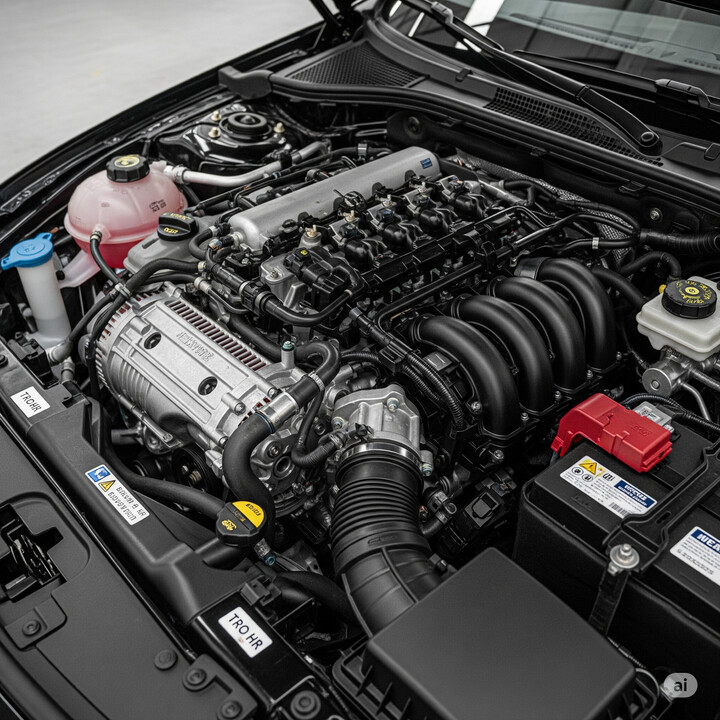
The data on registered keepers for the BMW I3 Hatchback (2013-18) reveals that the majority of vehicles have had between three and four owners, accounting for approximately 54% of all vehicles. Notably, a significant portion (20.1%) have only had two keepers, indicating relatively low ownership changes for some vehicles. Conversely, a smaller percentage (around 0.4%) have had as many as ten owners, suggesting that most cars tend to remain with a limited number of keepers over their lifespan. This pattern may reflect owner retention or vehicle use cycles typical for electric vehicles of this model and era.

engine choices

The data indicates that the majority of BMW I3 Hatchbacks (2013-18) in the sample are equipped with a 647 cc engine, accounting for 72.9%, while 27.1% have an unspecified engine capacity. Notably, all vehicles are either electric or hybrid electric, with 27.1% being fully electric and 72.9% hybrid electric. The high prevalence of hybrid models highlights the popularity of combining electric power with traditional engines, while the limited availability of explicit engine capacity data suggests that many of these vehicles primarily rely on their electric or hybrid systems rather than traditional engine specifications.












